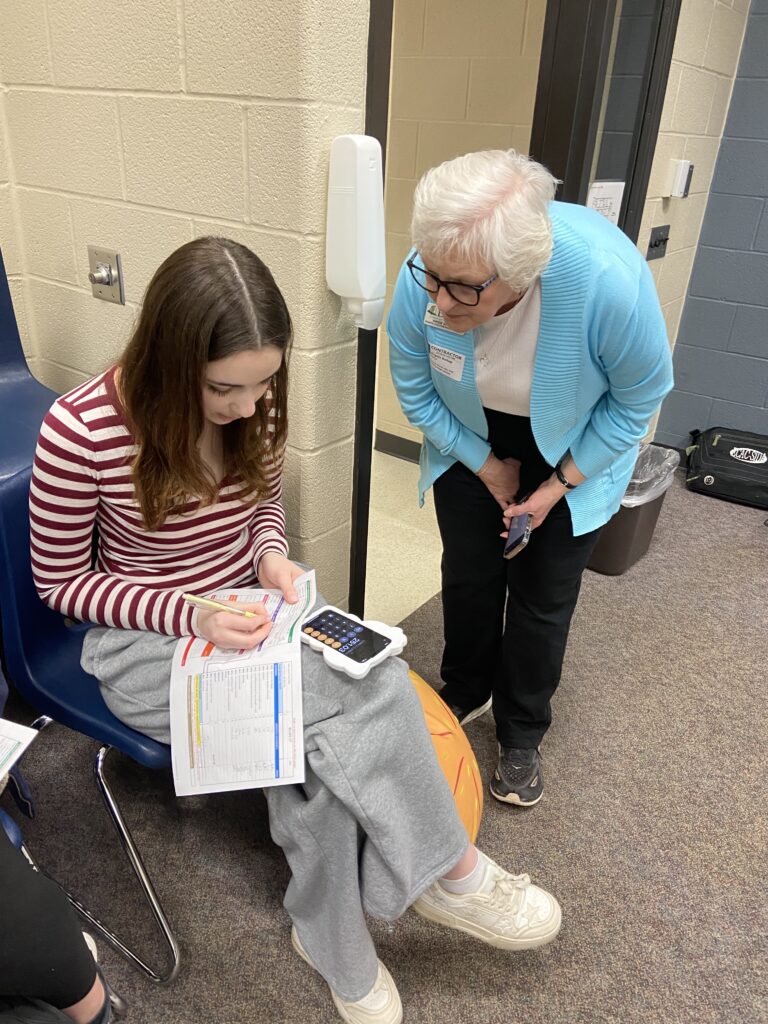Teaching Kids About Smart Money Habits One Birthday Party at a Time
Written by Sue Ward-Diorio, Foundation Executive Director

Picture this: A group of enthusiastic elementary school students huddle together, brainstorming the details of a birthday party they’re planning. There’s lively chatter about cake—vanilla, chocolate, maybe even cupcakes. Then, one student chimes in with a twist: “And we need to make a donation to an animal shelter!” It’s a moment that sticks with Angie Barlup, Financial Education Manager at Belco Community Credit Union.
For Angie, this scene perfectly captures what it’s like to bring financial education into schools. Credit unions like Belco are actively stepping into classrooms to teach children and teens about money—not just how to save and spend wisely, but how to make thoughtful decisions that reflect their values.
This is the scene for Angie Barlup, Financial Education Manager for Belco Community Credit Union, when she goes to an elementary school to teach financial education to the students. For the youngest students, lessons focus on understanding the difference between wants and needs. By middle school, they’re building simple budgets. And by high school, they’re engaging in one of the most powerful learning tools available: Financial Reality Fairs.
These Fairs are far from your typical classroom lecture. High school students are given real-world scenarios—like being a recent graduate managing a full-time job—and asked to make financial choices accordingly. Should they buy a car or take the bus? What kind of apartment can they afford? How will their credit score affect their loan options?
For teens preparing to enter the workforce straight after high school, these experiences are especially eye-opening. In the fun of picking their type of transportation, they are also learning about key concepts that will guide them in every step of their adult lives – they learn the impact of credit scores on getting a loan, how much taxes are taken out of your paycheck, interest rates with loans, the cost of not paying off your credit card and much more. They learn about making choices and rethinking their plans while talking with adults with experience and expertise – adults who clearly want to help them succeed.
Another growing avenue to reach and engage students is through fun, interactive apps like CrossState Partner, Goalsetter. Goalsetter is a family-friendly financial education app that allows parents and children to explore topics like saving, spending, and budgeting together. Through engaging games and tools, kids learn key financial concepts, and parents can be active participants in their child’s financial journey.
This is just one example of how financial education continues to evolve. For over 100 years, credit unions have been committed to helping students build strong financial foundations. Today, that means embracing new learning styles—like gamified apps—and continuing the essential one-on-one connections that make financial lessons truly stick.